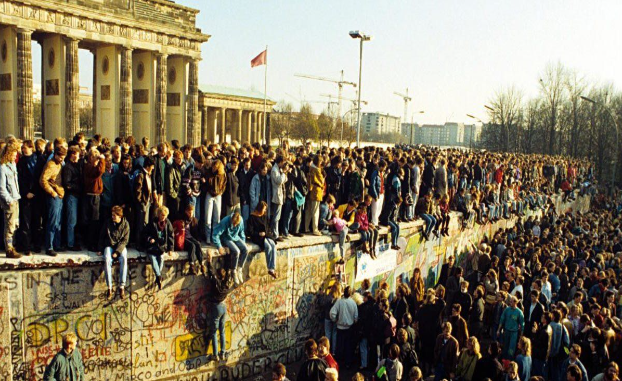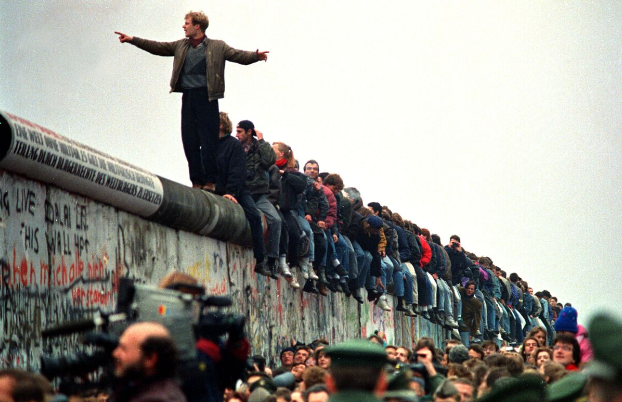
The fall of the Berlin Wall was a momentous and revolutionary event in history. This incident happened on 9 November 1989. This wall was built in 1961 to control de-assertion. Eventually, Germany was divided into two parts east and west; it was the starting point of the Cold War.
No one can meet their family and friends on the other side of the wall. However, citizens from both sides protested and demanded reforms from government professionals. But the wall remained standing for 28 years. The fall of the Berlin Wall finally illustrated the victory of the people who were struggling for freedom. In this article, we have deeply explored this historic incident.
Why Berlin Wall was built?
During the War, the German Democratic Republic constructed the Berlin Wall to manage economic challenges caused by the failure of the planned economy imposed by Moscow. The constant loss of its workforce and goods through desertions and trafficking between East and West also caused trouble. On August 13, 1961, the construction of the Wall began by the order of Walter Ulbricht, the Communist leader of East Germany. Berlin city was also divided itself; because it was situated 200 miles within East Germany. So, the half-city was known as West Berlin, because of the part of West Germany. Many East Germans strived to escape communist rule and traveled to West Berlin, where they could settle or find conveyance to West Germany and other Western countries. The close-off of all access between East and West Berlin was a crucial moment that eventually led to the separation of the city.
Why did Berlin Wall Fall?

The fall of the Berlin Wall marked a significant moment in European history. This incident was come into being by the convergence of many factors, including political reforms, increasing pressure from the people of Eastern Europe, and miscommunication to open the border.
In a famous 1987 speech, U.S. President Ronald Reagan challenged Soviet leader Mikhail Gorbachev to “tear down this wall,” which proved to be predictive as the visionary foundations of the Wall began to crush. By early 1989, anti-communist sentiment spread through Europe, leading to protests and demands for change in East Germany.
Facing public unrest and a widespread rebellion, the East German government declared plans to open the Berlin Wall. Due to a misunderstanding, the border was opened instantly. Leaders worldwide recognized the importance of the event, and the fall of the Berlin Wall symbolized the victory of freedom over division.
Are the Parts of the Berlin Wall Still Exist today?
The parts of the Berlin Wall still exist today as monuments and remembrances. After its fall in 1989, many areas were preserved across the city of Berlin and worldwide. Prominent examples include the open-air Berlin Wall Memorial along Bernauer Strasse, the famous East Side Gallery with its wall art stretching about 1.3 kilometers along the Spree River, and the Mauerpark, where a segment of the Wall can be found beside a weekend market. Other sections can be seen near the Terror Museum and various places around Berlin. These remaining parts serve as powerful reminders of the Wall’s historical significance and the reunification of Germany.





